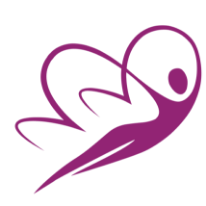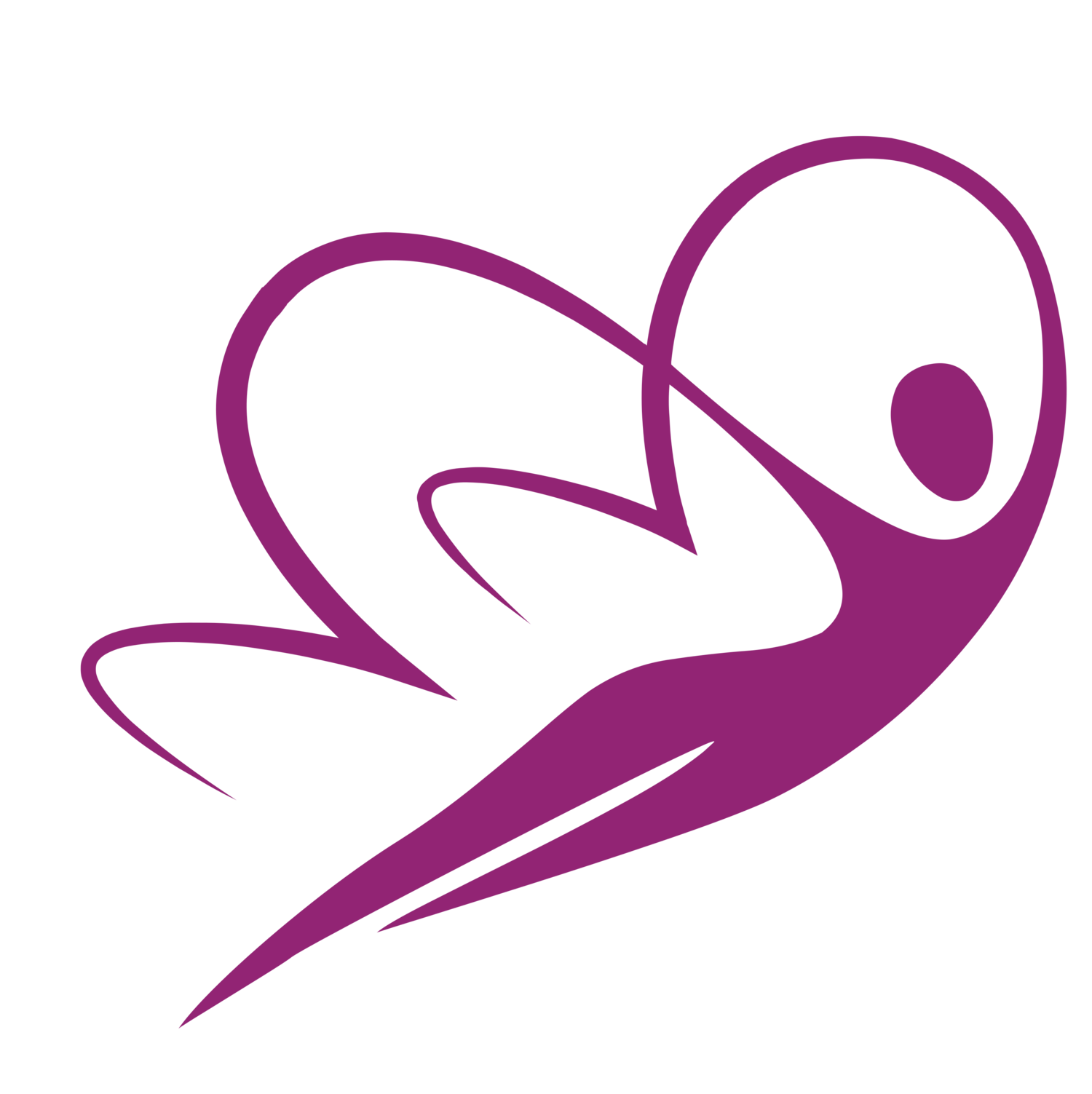Shockwave therapy can be used to treat sports injuries
Shockwave therapy, also known as Extracorporeal ShockWave Therapy (ESWT), is a non-invasive, effective treatment that is used to treat a variety of conditions related to sports injuries. This therapy utilizes sound waves to relieve pain and promote healing in affected tissues. It has been a popular method of treatment for athletes and sports enthusiasts, helping them recover quickly and get back into the game.
The therapy involves the application of high-energy sound waves to the injured area. The sound waves penetrate the skin and other soft tissues and reach the targeted area, where they create a mechanical force that initiates the healing response of the body. This mechanical force promotes the release of growth factors, increases circulation, and stimulates the production of collagen that is necessary for the repair of tissue. The result is the promotion of natural healing, reduction in inflammation, and pain relief.
Shockwave therapy can be used to treat a range of sports injuries, including:
1. Plantar Fasciitis - Plantar fasciitis is a condition that causes pain and discomfort in the heel and sole of the foot. It is a common injury among runners and other athletes. Shockwave therapy can help to reduce pain and inflammation in the area, promote healing and improve mobility.
2. Tennis Elbow - Tennis elbow is a condition that causes pain and inflammation in the elbow joint. It is caused by repetitive motions involving the forearm muscles and tendons. Shockwave therapy has been found to be an effective treatment for tennis elbow, reducing pain and promoting healing in the affected area.
3. Golfers Elbow - Golfers elbow is a condition that causes pain in the inner part of the elbow joint. It is caused by repetitive motions involving the wrist and forearm muscles. Shockwave therapy can help to reduce pain and promote healing, improving mobility and functionality of the arm.
4. Rotator Cuff Injuries - The rotator cuff is a group of muscles and tendons that attach the shoulder blade to the upper arm bone. Rotator cuff injuries are common among athletes who engage in overhead sports such as baseball and tennis. Shockwave therapy can help to reduce pain and inflammation in the affected area, as well as promote healing of the damaged tissues.
5. Achilles Tendinopathy - Achilles tendinopathy is a common injury among runners and other athletes, causing pain and discomfort in the back of the ankle. Shockwave therapy can help to reduce pain and improve flexibility in the joint, promoting healing of the damaged tendons and tissues.
6. Shin Splints - Shin splints are a common injury among runners, causing pain and discomfort in the lower leg. Shockwave therapy can help to reduce pain and inflammation in the area, improving mobility and enabling the patient to resume normal activities.
In addition to the above injuries, shockwave therapy can also be used to treat other conditions such as trigger points, scar tissue, and chronic pain. The treatment is non-invasive and typically takes around 15-20 minutes per session, depending on the location and severity of the injury.
The benefits of shockwave therapy are numerous. It is a safe and effective treatment that does not involve the use of drugs or surgery. It can be used to treat a range of injuries and conditions, promoting natural healing and pain relief. The therapy is not addictive and does not require lengthy recovery periods, allowing patients to resume normal activities quickly.
Shockwave therapy is an effective treatment for sports injuries. It can help to reduce pain, inflammation, and promote natural healing of the injured tissues. The treatment is non-invasive, safe, and does not require medication or surgery. It is a popular choice for athletes and other sports enthusiasts who want to get back into the game quickly. If you are suffering from a sports injury, consult with your doctor to determine if shockwave therapy is right for you.


